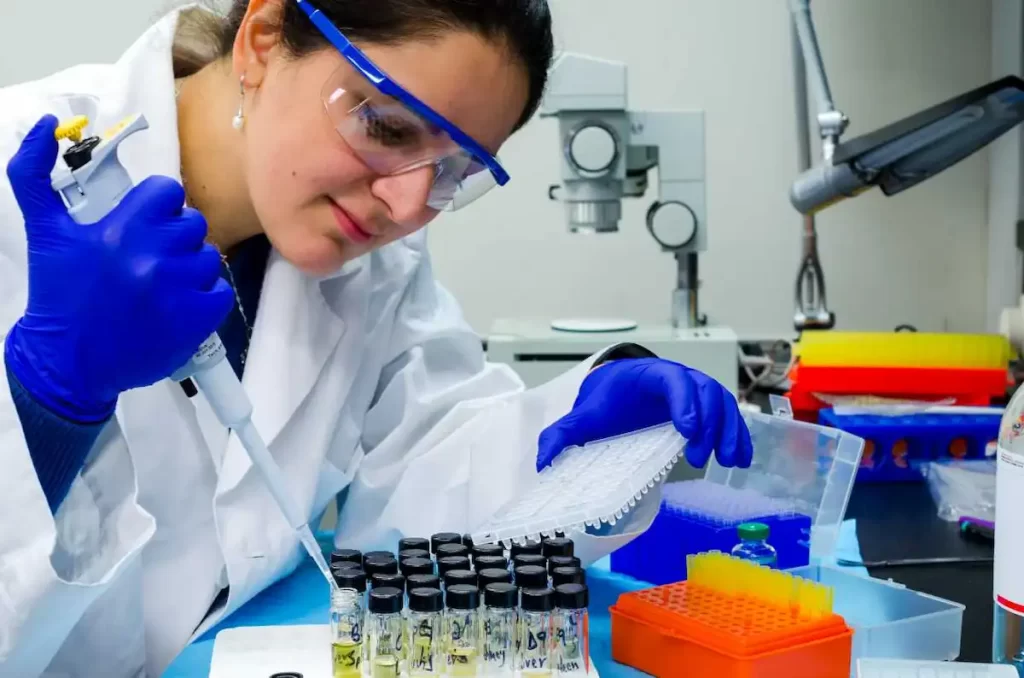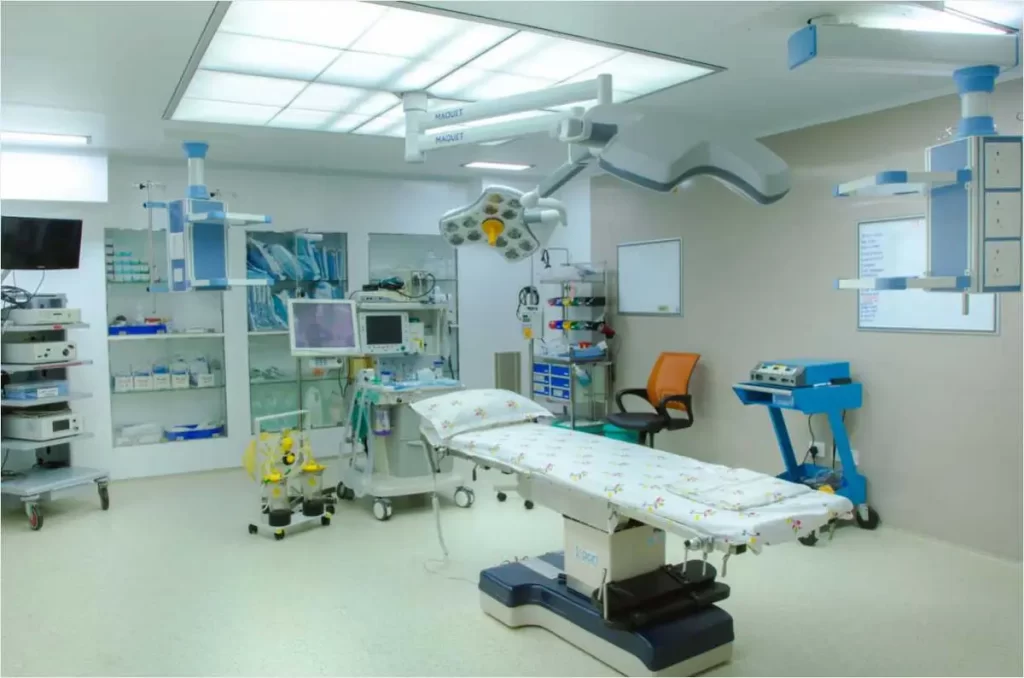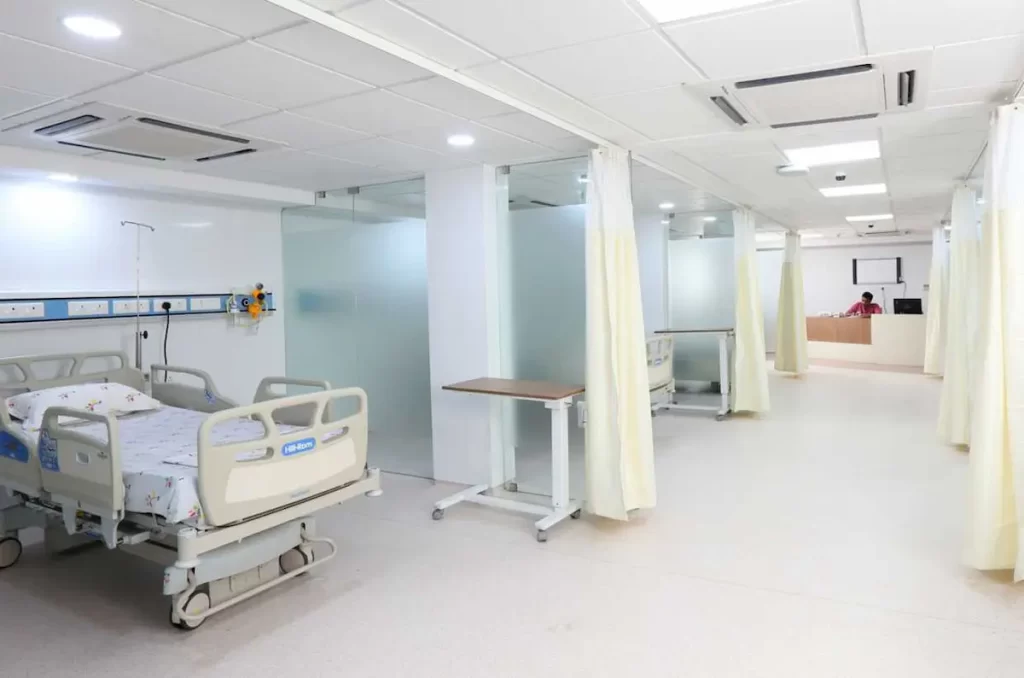Partial Hip Replacement, also known as Hip Hemiarthroplasty, is a surgical procedure where only one part of the hip joint is replaced. Typically, this procedure involves replacing the femoral head (the ball of the hip joint) with a prosthetic component while leaving the acetabulum (the socket) intact. This surgery is often recommended for patients with a hip fracture, osteoarthritis, or avascular necrosis affecting only the femoral head, allowing them to retain the rest of the joint structure.
Partial Hip Replacement is commonly performed in elderly patients who have severe hip joint pain but still have a functional acetabulum. This procedure aims to provide pain relief, restore hip mobility, and allow for improved quality of life.

Women aged between 50 and older undergo this surgery
90% of partial hip replacements lasts for about 10 – 15 years respectively
The overall partial hip replacements have a success rate of 95%

Patients who might need a Partial Hip Replacement often experience the following symptoms:
Several factors can increase the likelihood of needing a Partial Hip Replacement:

As our valued patient, you are at the center of everything we do – and that will never change.
Open every day from 8 – 8, with no appointments necessary. Just walk in at a time that works best for you.
We know how busy life can be. That’s why most patients are in and out in less than an hour.

Good nutrition plays a key role in the success of Partial Hip Replacement surgery and recovery:
While some risk factors for partial hip replacement are unavoidable, there are steps you can take to help prevent or delay the need for surgery:

From trouble sleeping to work stress to anxiety to depression, we all have difficulty managing our emotions at times. It’s part of being human. And addressing these issues is a vital part of what we do as a primary care practice, because your emotional well-being is essential to your overall health and wellness.
We’ve redesigned the doctor’s office experience to fit your life, put you at ease, and treat you as a whole person. We create safe and inviting spaces,
ask meaningful questions, give you time to talk, and listen without judgment. Then we work with you on a plan to help you feel your best — whether you want to sleep better, feel calmer, worry less, or get a better handle on your mood.
To continue shedding a light on mental health issues, we teamed up with the award-winning musicians from Bear and a Banjo to create a song showing people they’re not alone. See how the project came to life in the video above — and if you’re struggling, we can help.

The diagnosis of Partial Hip Replacement involves several steps to evaluate the extent of damage to the hip joint:
Based on the results of these evaluations, the healthcare provider will discuss the surgical options, including whether partial or total hip replacement is more appropriate.
Several services are typically available in a hospital or clinic offering Partial Hip Replacement:


Hospitals and clinics providing Partial Hip Replacement should have top tier facilities to ensure a successful outcome:
The recovery time for Partial Hip Replacement surgery varies but typically takes 6 weeks to 6 months. Patients usually begin walking with assistance within a few days, but complete recovery, including regaining full strength and mobility, may take several months. Physical therapy is essential for optimal recovery.
As with any surgery, Partial Hip Replacement carries risks such as infection, blood clots, dislocation, and nerve damage. These risks can be minimized with proper surgical techniques, pre-surgical evaluation, and post-operative care. It is essential to follow the doctor’s instructions to reduce the chances of complications.
A Partial Hip Replacement can last between 15 to 20 years, depending on factors like the patient’s age, activity level, and the materials used for the prosthesis. Regular follow-up appointments are essential to monitor the condition of the hip implant and ensure that it is functioning properly.